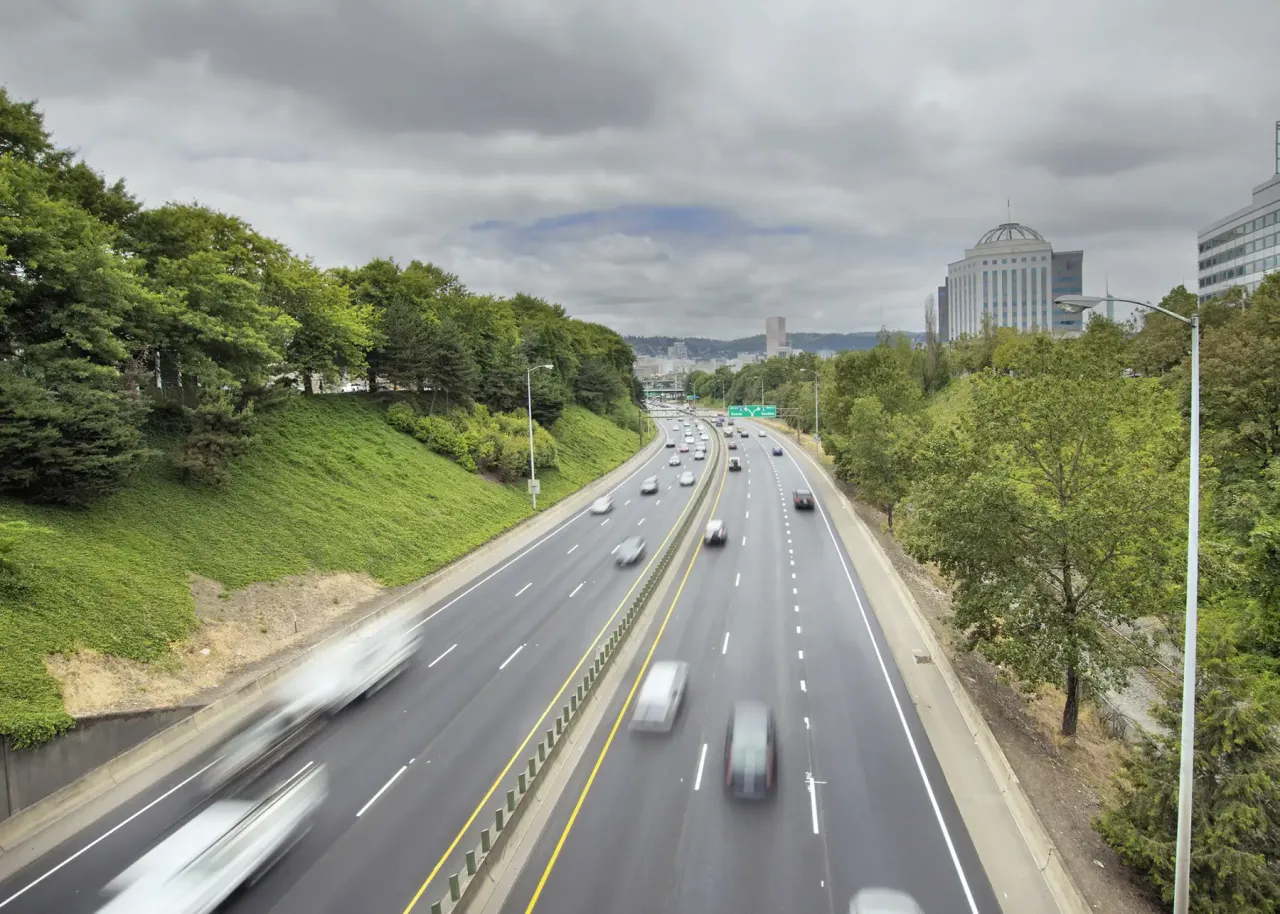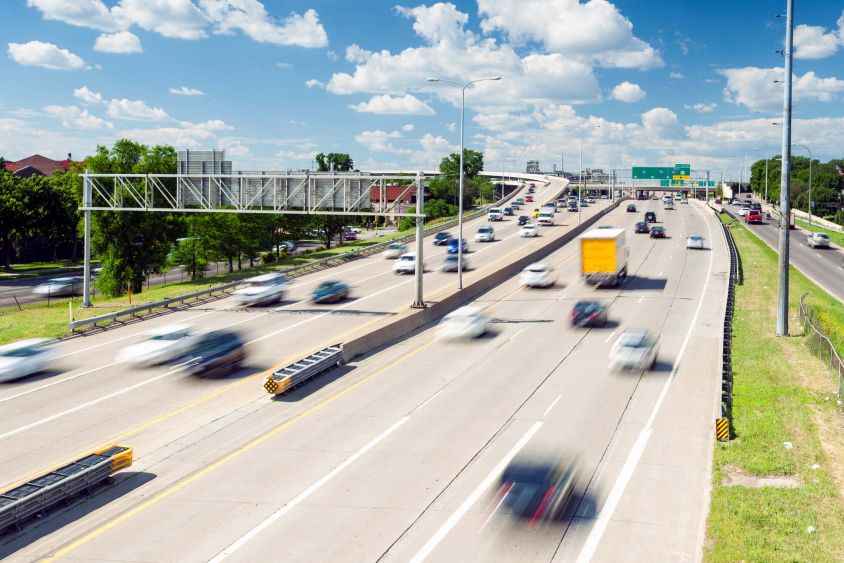The many responsibilities of a state department of transportation
For every U.S. state, the Department of Transportation (DOT) works to make transportation more efficient and accessible for the public, with safety as a top priority. For one southern state, the DOT is responsible for planning, building, and maintaining the state's highway and interstate system, which spans over 14,000 miles. The DOT also administers funding and provides technical assistance for state and federal aid programs in the cities and counties.
A need for increased efficiency in crash data reporting
The DOT for this state manages the processes that ensure the timely and fiscally responsible delivery of state highway transportation projects. This includes a broad range of tasks, such as handling highway maintenance and repair, construction engineering, right-of-way, traffic and highway marking, bridge repair and inspection, environmental planning, and highway beautification efforts. Crash data reporting, which includes information about injuries and fatalities from car crashes on public roads, is also the responsibility of the DOT.
While the DOT had been collecting crash data, the process was entirely manual. The data was recorded by personnel in PDFs and then stored on network drives. This limited data visibility across the organization and made it convoluted and laborious to share the data with other systems. The overarching problem for the DOT was obvious: the efficiency of the data collection and reporting was being hindered by manual processes.
Once they identified this problem, the DOT began looking for a modern solution. They wanted to enable greater efficiency with crash data reporting and the collection of safety data for their own purposes, but also for participation in the Highway Safety and Improvement Program (HSIP). This program is required for eligibility in the Federal Highway Administration's (FHWA) federal aid program, which aims to reduce traffic fatalities and serious injuries on public roads. State DOTs tremendously benefit from this federal aid, as it allows them to execute on larger-scale infrastructure projects that wouldn’t be possible using state funds alone.
Creating a custom system solution for crash data reporting
The DOT partnered with CAI to create a new system called the Crash Investigation System (CIS) and leveraged cloud data storage to replace the manual processes and network repositories. The implementation of this new system made it significantly easier to collect and report safety data. CAI used a flexible and efficient agile development process, allowing the DOT to see progress early and often. The project included several stages of development, testing, and user training.
While the contract included a set of requirements, iterative changes were made available as they were ready, and this increased flexibility with testing the application environment. The CIS launched at the beginning of 2025, and CAI provided ongoing support for 60 days to ensure a seamless integration of the new system into the existing DOT infrastructure.
Protecting drivers and citizens with modern crash data reporting
The CIS smoothly connects to the series of adjacent applications within the DOT tech stack through application programming interface (API) access. When using the CIS, it can easily pull information from the source system, which improves the consistency of crash data reporting. This not only improves data visibility but also makes it much easier to collect the necessary data for reports.
The benefits of the new system can be distilled into four points:
- The new application will help the DOT collect the safety data needed to complete reports for participation in the FHWA federal aid program.
- When they’ve secured the FHWA funding, this will help the DOT fund larger infrastructure investment projects to boost traffic safety.
- The improvement in crash data reporting accuracy and visibility will have a trickle-down effect in the reduction of public roadway fatalities and serious injuries on state roads.
- This will help the DOT see where certain intersections, roadways, or bridges might pose more of a risk from previous accidents and aid in future efforts to improve the safety of those areas.
Now, the DOT has the means to accurately and efficiently capture crash data and create the necessary reports to inform future safety measures, as well as improve access to federal funding for future projects.
To learn more about how CAI can help public agencies update their applications and improve workflow efficiency, fill out the form below.



